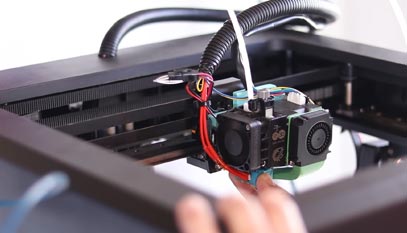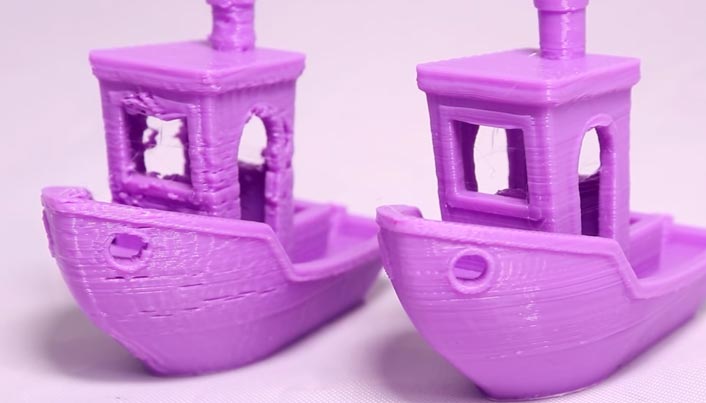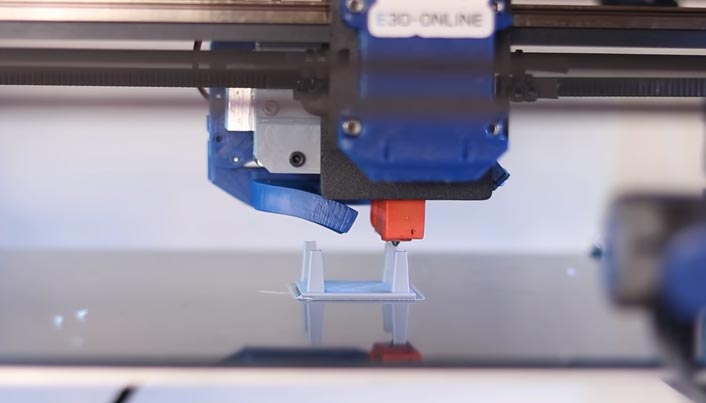For those of you who are just getting started with 3D printing, here are some tips that will get you started. From choosing the right material to Leveling the bed, this article will help you get started. You’ll also learn about creating custom support structures. And, don’t forget to download ready-made files. You’ll need these in order to get the most out of your 3D printing experience. So, get started and have fun!
Getting started with 3D printing
Getting started with 3D printing is a practical book that will walk readers through the basics of this revolutionary manufacturing technology. Whether you are new to 3D printing or have experience using CAD software, this book is sure to provide you with all the information you need to get started. It contains a wealth of practical tips for making 3D models, as well as helpful hints. You will learn everything from how to choose hardware to common print problems, as well as the best ways to use your machine.
In order to get started with 3D printing, you must understand the basic principles behind it. 3D printing is a form of additive manufacturing, which means that small amounts of material are added to build an object in layers. Its primary method is called fused filament fabrication. This method works by feeding a thin strand of filament into a high-tech extruder that melts plastic at a temperature of around 200degC. Other 3D printing methods work in the same way.
Choosing a material

The first step in deciding on the type of material to use in your 3D printing project is to determine what your specific needs are. Although the choice of material is somewhat subjective, there are several common types, so it is best to decide based on what is easiest to process and which of them you will use most often. Some materials are better for functional purposes, while others are better for construction uses. For example, PEEK and PET-G are both popular types of plastic and have varying properties depending on the process, Browse around this post.
Another option is ceramic, which is a relatively new material for 3D printing. Compared to plastic and metal, ceramic is less likely to corrode and wear away than other materials. Because ceramics are not easily damaged or corroded, they are a good choice for many applications, including 3D printing. They are also resistant to acid, heat, and acids and are generally suitable for unique decoration. However, these materials require high temperatures to melt, making them unsuitable for kilning and glazing processes.
Leveling a 3D printer bed
If you have a 3D printer, you might be wondering how to level it properly. Although this is the most difficult part of the process, you can still do it with relative ease. The key is to make sure that the bed is as flat as possible so that the filament can be dropped onto it in a predictable manner. The more even the bed is, the better your print will be. So, what do you need to do to get the bed leveled?
The first step is to remove the print bed from the printer. Some printers may come with small stiff rotary screws that make leveling the print bed difficult. If your printer doesn’t have these, you can try using a piece of paper to level the bed. To do this, simply place the nozzle over the leveling screw on the front left of the printer. If your printer does not have rotary screws, use a paper or a piece of plastic card to measure the distance between the nozzle and the print bed.
Creating custom support structures

If you have a specific structure in mind that needs a custom support structure, there are a few steps to create them. Creating custom supports is fairly straightforward. Using the support generation toolbar, click on each part to select the appropriate locations. You will then be prompted to choose the size and shape of the support structure. Click on each part twice to complete the process. Once complete, save the part.
While not all types of 3D printing require support structures, many do. For example, fused deposition modeling (FDM) printers require support structures for parts with steep overhangs or areas with no supporting material. Similarly, HP Multi Jet Fusion prints parts from a powder bed. While these printers do not require support structures for parts that are designed with steep overhangs, many others do. Support structures used in 3D printing differ in their design and purpose. Broadly speaking, these structures are either fences, trees, or other forms of support.

